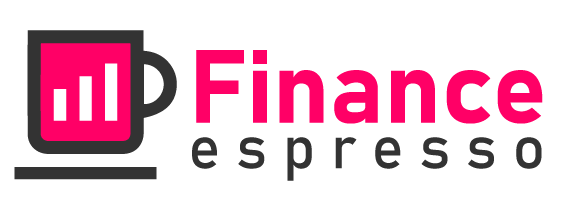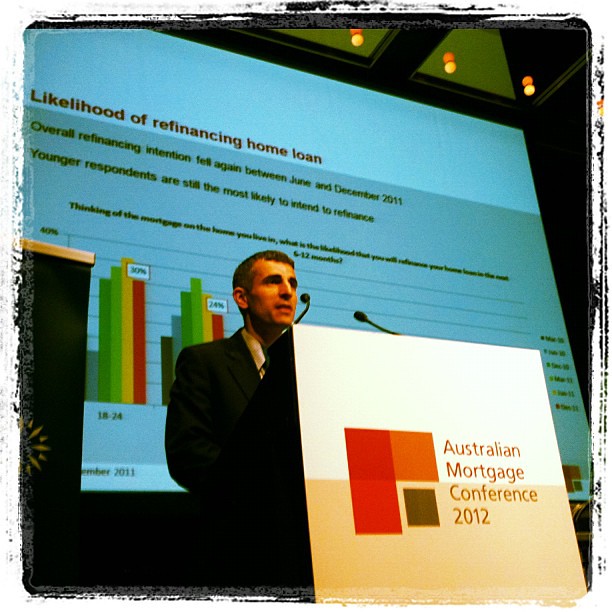Refinancing: A Guide to Understanding Refinance Loans
Considering a refinance loan but don’t have too much knowledge about it? Refinancing a loan means taking out a new loan to pay off an existing one and often times saves you money in the long run. It can be a complicated process though, so it’s important to understand the concept before taking the plunge. This article serves as a basic guide to refinancing so that you are informed about the process.
Benefits of Refinancing
Refinancing a loan can reduce your interest rate, meaning lower monthly payments. It can also convert an adjustable-rate mortgage (ARM) to a fixed-rate mortgage, provide funds for a large purchase, or consolidate multiple loans into one loan. Refinancing can save you money, but it’s not for everyone. You could end up paying more than the original loan; therefore, you should calculate the associated costs, benefits, and risks before you make a decision.
When Should You Refinance?
It’s important to know when to refinance in order to maximize your savings. Generally, there are three reasons to refinance:
- Lowering your interest rate: If you’ve had good credit for a while and now your score is higher, you could qualify for a lower interest rate. Lowering the interest rate helps you save money because you pay less in interest over the life of the loan.
- Decreasing the term of the loan: Refinancing from a 30-year loan to a 15-year loan typically results in a lower interest rate. Paying off the loan quicker by refinancing to a shorter-term loan also saves money and increases your total savings.
- Cash-Out Refinance: With a cash-out refinance, you can use the equity of your home to borrow money. This allows you to use the cash for whatever you need. With cash-out refinancing, the amount you can borrow is usually limited, and the interest rate can be higher compared to a traditional refinance.
Risks and Costs of Refinancing
It’s important to be aware of the risks of refinancing as well as the associated costs. Taking out a new loan typically involves paying loan origination fees, title insurance, title fees, tax service fees, and other closing costs. These fees can add up to thousands of dollars, so it’s important to calculate the total costs before you decide to refinance. Additionally, if you have an adjustable-rate mortgage, refinancing can mean a higher interest rate and consequently higher monthly payments. Additionally, depending on the type of loan you get, you may have to pay mortgage insurance, which can increase your overall costs.
Moving Forward with Refinancing
Refinancing can be a great savings tool and can help you pay off your debt faster or take a home equity loan to pay for a large purchase. However, it’s important to understand the risks and costs associated with refinancing in order to make the best decision for your situation. Make sure you have a clear understanding of the costs and risks before refinancing. Keep in mind that all loans and refinancing products have different terms, so make sure to do your research on the different options available to you.

